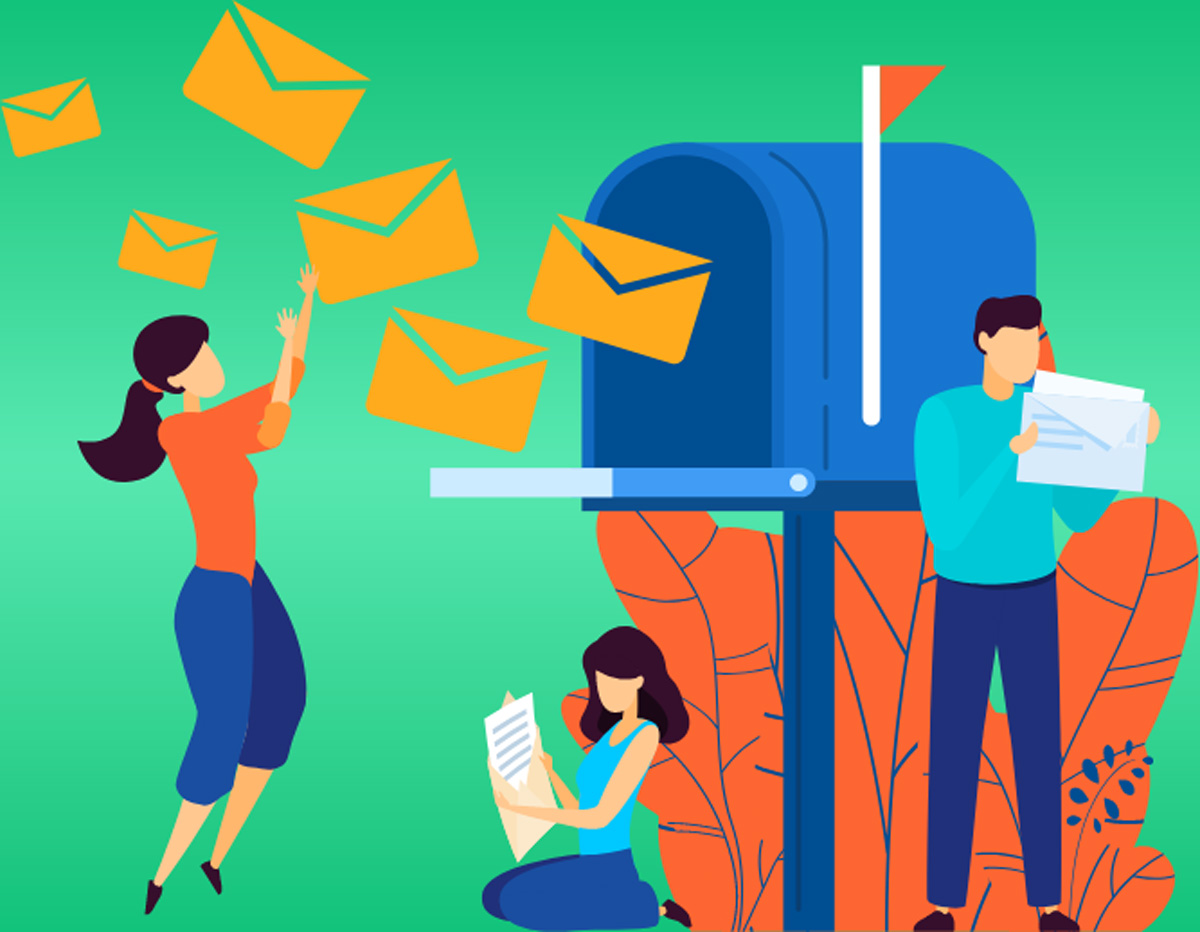
Introduction
Despite the rise of chat apps and social media, email remains one of the most profitable marketing channels delivering an ROI of $42 for every $1 spent. But high returns aren’t automatic. They stem from strong email engagement, which includes opens, clicks, replies, and conversions.
In this guide, we’ll break down the best tools and techniques you can implement right now to skyrocket your email engagement. Whether you’re new to email marketing or refining your campaigns, these insights will help you achieve measurable success.
1. Boost Your Subject Lines with AI-Powered Tools
Your subject line sets the tone for email engagement. AI-powered tools like Reply.io, SalesBlink, and Automizy help you craft subject lines that boost open rates.
Features of subject line tools:
- Real-time analytics on word effectiveness
- Spam filter testing
- Emotional tone analysis
Incorporate these tools into your workflow to consistently create subject lines that attract attention and get clicks.
2. Simulate Engagement to Train Email Providers
An innovative technique for improving inbox placement is email engagement simulation. Services like Boost Inbox simulate real user interactions such as opens, clicks, replies, and forwards. This “positive behavior” tells ESPs (email service providers) that your emails are valuable.
Benefits of simulated engagement:
- Improved inbox placement
- Reduced risk of being marked as spam
- Higher domain reputation over time
When used ethically, simulations can lay the groundwork for more authentic engagement in the future.
3. Segment and Automate for Precision Targeting
Segmentation allows you to group your subscribers based on shared behaviors, preferences, or demographics. Pairing this with automation ensures timely, relevant emails that drive better engagement.
Examples of segmented campaigns:
- Abandoned cart reminders
- Birthday offers
- Re-engagement emails for inactive users
Automation platforms like Mailchimp, Active Campaign, and HubSpot make it easy to launch and monitor segmented campaigns for consistent email engagement.
4. Use Interactive and Dynamic Content
Static email content no longer cuts it. Today’s audience expects dynamic and interactive experiences right inside their inboxes.
Engaging email elements:
- Carousels and image sliders
- Polls and surveys
- Countdown timers for urgency
- Animated CTAs
Interactive content increases user dwell time, boosts click-through rates, and makes your emails memorable all of which contribute to stronger email engagement.
5. Make Emails Visually Appealing
Design plays a critical role in engagement. A well-designed email can highlight key messages, encourage reading, and make CTAs more clickable.
Design tips for high engagement:
- Stick to a single-column layout for mobile readability
- Use whitespace to reduce clutter
- Include branded colors and logos
- Avoid too many fonts or colors
Visual appeal doesn’t just improve aesthetics it supports readability and engagement.
6. Monitor and Respond to Key Metrics
Your analytics dashboard holds the keys to optimizing email engagement. Consistently tracking key performance indicators (KPIs) helps you identify what’s working and what’s not.
Important email KPIs:
- Open rate
- Click-through rate
- Bounce rate
- Spam complaint rate
- Conversion rate
React promptly to red flags like rising unsubscribe rates or decreasing click rates. These can signal that your content needs refinement.
7. Encourage Two-Way Communication
Great email marketing feels like a conversation, not a broadcast. Invite your subscribers to reply and share their thoughts.
Ways to foster interaction:
- Ask open-ended questions in your content
- Use surveys and feedback forms
- Offer live webinar invitations or event access
Two-way communication humanizes your brand and dramatically increases email engagement.
8. Include Social Proof and Sharing Options
Adding testimonials, reviews, or social share buttons to your email boosts credibility and reach. It tells subscribers, “Others trust us, and so can you.”
Tactics for incorporating social proof:
- Include star ratings from product reviews
- Add case study highlights
- Show real customer quotes with images
At the same time, make it easy for subscribers to forward or share your emails on social platforms, extending your campaign’s reach and impact.
Conclusion
Improving email engagement isn’t just about increasing clicks it’s about building trust, providing value, and maintaining a consistent connection with your audience. By using subject line generators, segmentation, dynamic content, and interactive design, marketers can transform underperforming campaigns into high-impact communication tools.
When used correctly, these tools and techniques not only improve open and click rates but also help you create a loyal audience that looks forward to your emails.